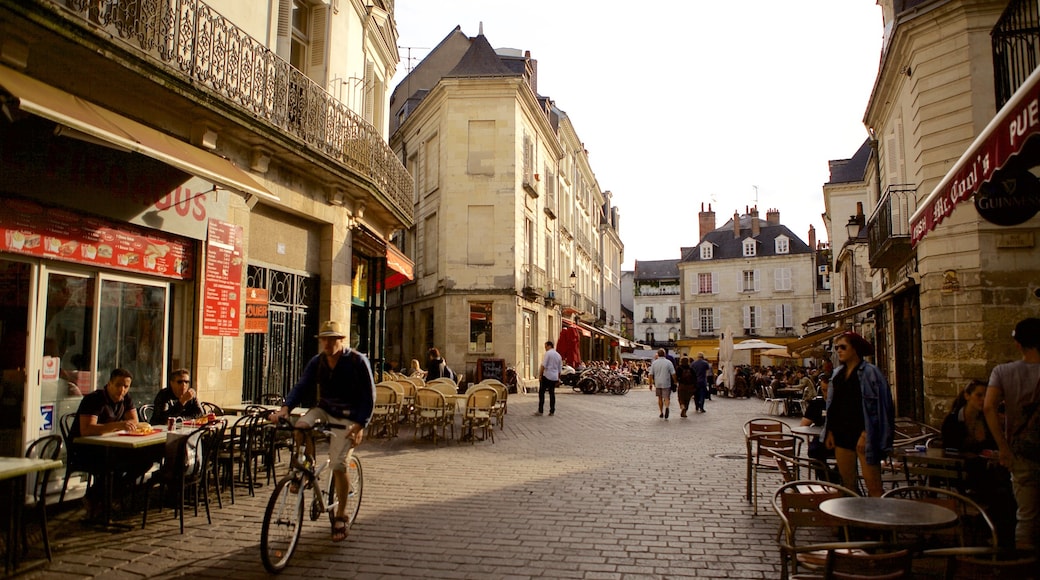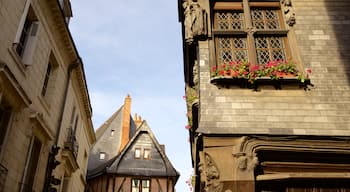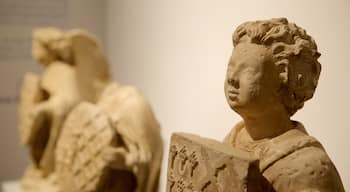In the center of France, Tours is a quaint city surrounded by vineyards. The Loire River passes through the region on its way to the Atlantic coast. The city is famous for the Battle of Tours in A.D 732. Find museums, galleries, churches and parks as you wander through its many medieval alleys, streets and plazas.
The Musée des Beaux-Arts is in a former bishop’s palace. Browse more than 1,000 works of art including paintings and sculptures by Monet, Rubens, Rembrandt, Rodin and others. Explore the courtyard and colorful gardens of the grand structure.
Place Plumereau, a square in the center of the city, is home to upscale restaurants and cafés. Sip coffee in the al fresco seating. Admire the black-and-white façades of the historic buildings lining the sides of the plaza. The area is a popular meeting point as one of the most recognizable parts of Tours.
Visit the Prieure de Saint-Cosme, ruins of a priory from the 11th century. Discover old furniture and relics from the Middle Ages. The scenic garden is dedicated to the 16th-century poet, Pierre de Ronsard, who lived at the priory for several decades.
Make your way to the Tours Cathedral, which dates back to the 12th century. Note the blend of Renaissance and Gothic architecture. Inside you’ll find a 16th-century organ.
See the giant 19th-century Saint Martin Basilica. Admire its neo-Byzantine design and stained-glass windows. Its western clock tower dates back to the original church built on this site honoring the Bishop of Tours from the fourth century.
The regional French dialect spoken in Tours is said to be neutral and easy to understand. Tours was formerly known as Caesarondunum (Caeser Hill) in Roman times. The current name of the city resembles the former Gallic term, Turones.
Tours is easy to reach from Paris, just over an hour on the TGV train. Enjoy a pleasurable vacation browsing these historic sites in the Loire Valley.














